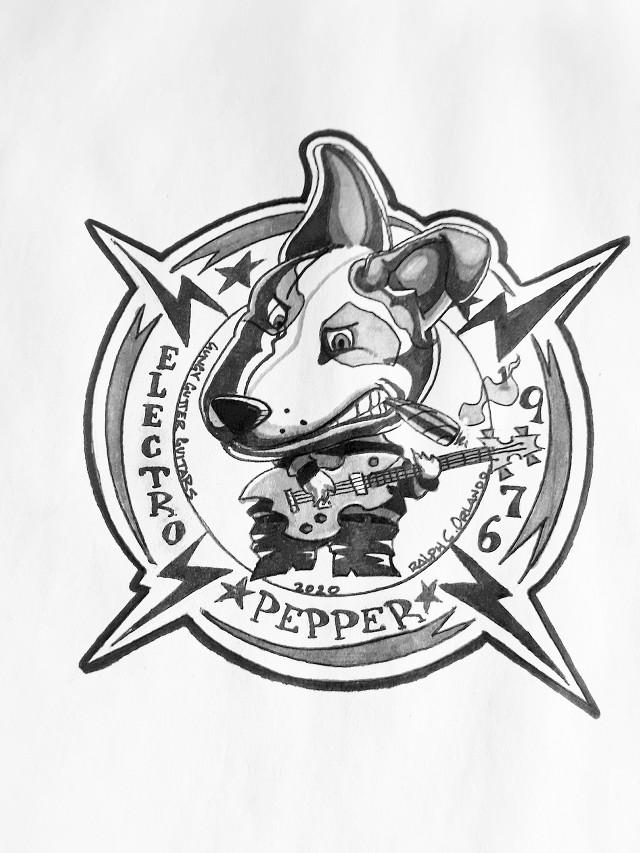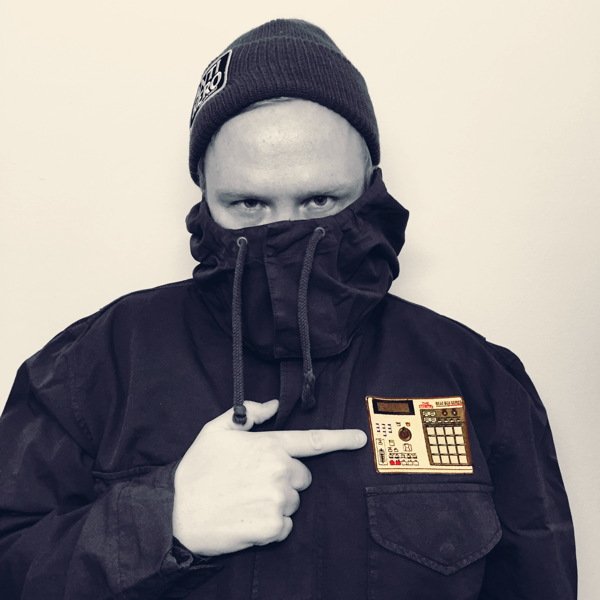happy new year all!
Article below is the best I've seen for hip hop mixing and has trade secrets:)
What about just using MPC Live/X for just steps 1,4 ? Step 3 makes all the difference
https://www.soundonsound.com/people/avalanches1:Typically, the starting point for an Avalanches track will involve matching together three or four samples captured from vinyl. “It’s about when samples meet,”
2:Export Stems to Pro Tools from Akai
3:Use Desk /Outboard . Further processing of the sounds was done using Neve 3315 EQs and a Shadow Hills Mastering Compressor, and Espie employed an Empirical Labs Fatso EL7x tape simulator and Roland Dimension D chorus to add different characters and dimensions to the samples. “I had them on stereo sends on the SSL so I could choose how much I wanted to send to them. The EL Fatso really helped create a lot of the warmth in the tracks. The Dimension D is incredible, I love its tone. When you sent it some of the more beautiful, sparkly, melodic samples, it just gave it this kind of glistening wideness that doesn’t sound fake. It just gives it this glimmer.“Then on just about everything we had the Avalon [VT-747SP EQ/compressor] strapped across the bus, which was used pretty subtly. But what it did was it allowed us to shape the overall sonics of each song to be closer to the other ones. It was one unit that everything went through in the end, and I like it because it’s very clean and transparent. It’s got a nice sort of warmth and clear depth and a very broad EQ shape as well. There’s also a beautiful tube signal path function on it, which just helps everything sort of sizzle.”
Elsewhere, Espie and the Avalanches experimented with saturating Sing Sing’s SSL console, with its G and G+ channels, to help sonically blend the samples together. “This record really relied on that a lot,” says Espie. “A large part of the sound of the whole record is the way that the samplers processed it. Because the record is composed from 90 percent samples that have been taken mainly from vinyl, it meant that these sounds had already been recorded, mixed, mastered and pressed. So they were already processed quite heavily, and then there’s another layer of processing added through going in and out of the samplers.
4:Once these preliminary mixes were done, they were printed as stems for Robbie Chater to take home and further refine . “Robbie spent a lot of time doing subtle automation and editing,” says Espie, “sifting through the tracks and taking stuff out to get them closer to a clearer listen. But still using the same tonal sound we’d created.”
“The stems had been through the SSL, so we had the sound right,” says Chater. “But I could still balance the dreamlike quality and the flow of the mixes, which often I needed to tinker on for a long time. I could keep refining the balance of the instruments, because there’s just so many sounds and layers that it’s impossible to nail it all in one mixing session.”









